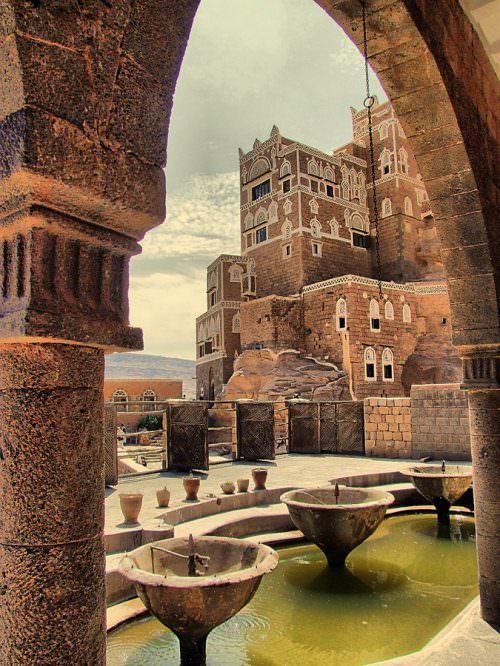An Introduction to Yemen
With its long sea border between eastern and western civilizations, Yemen has long existed at a crossroads of cultures with a strategic location in terms of trade on the west of the Arabian Peninsula. Large settlements for their era existed in the mountains of northern Yemen as early as 5000 BC.

